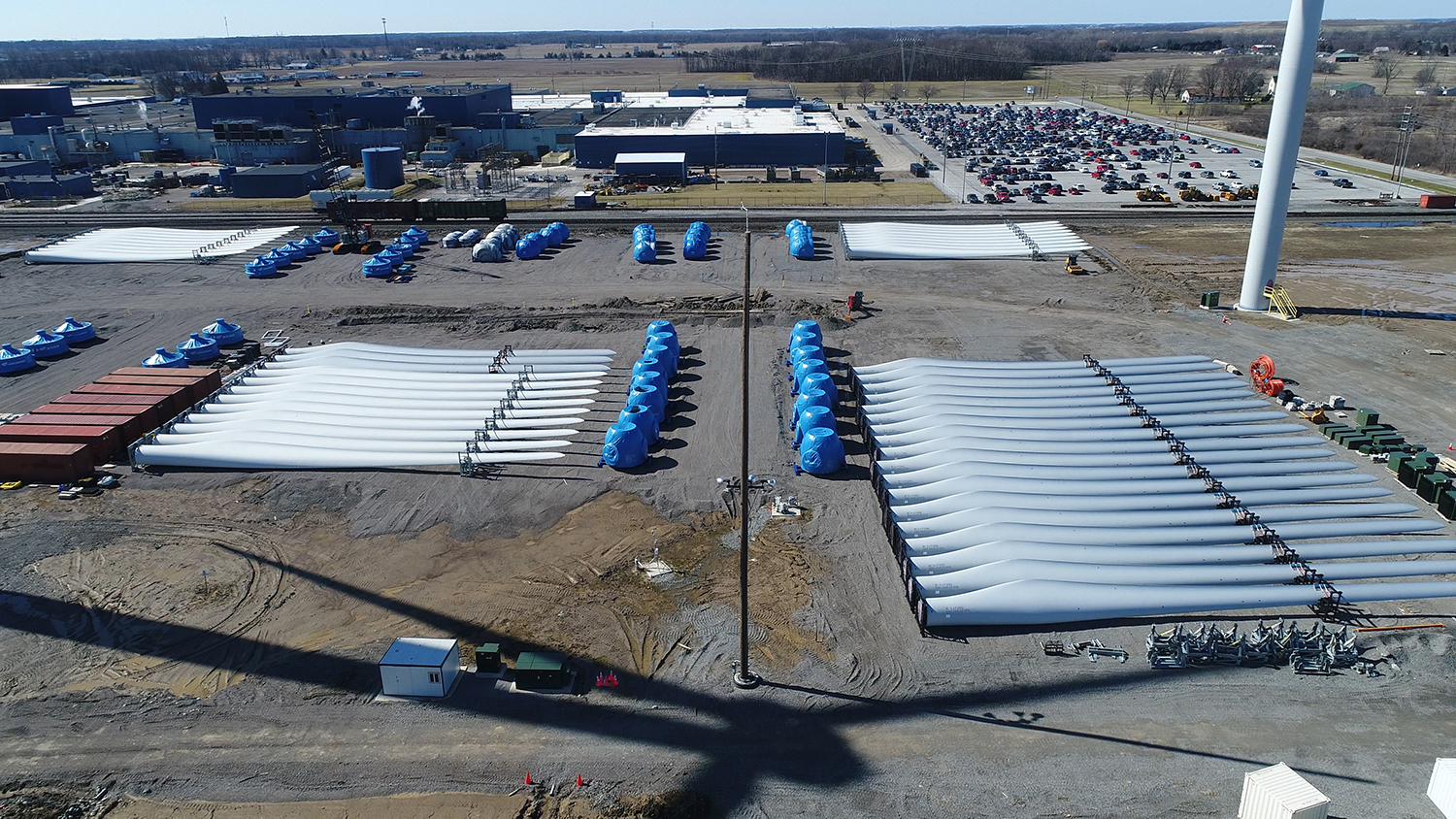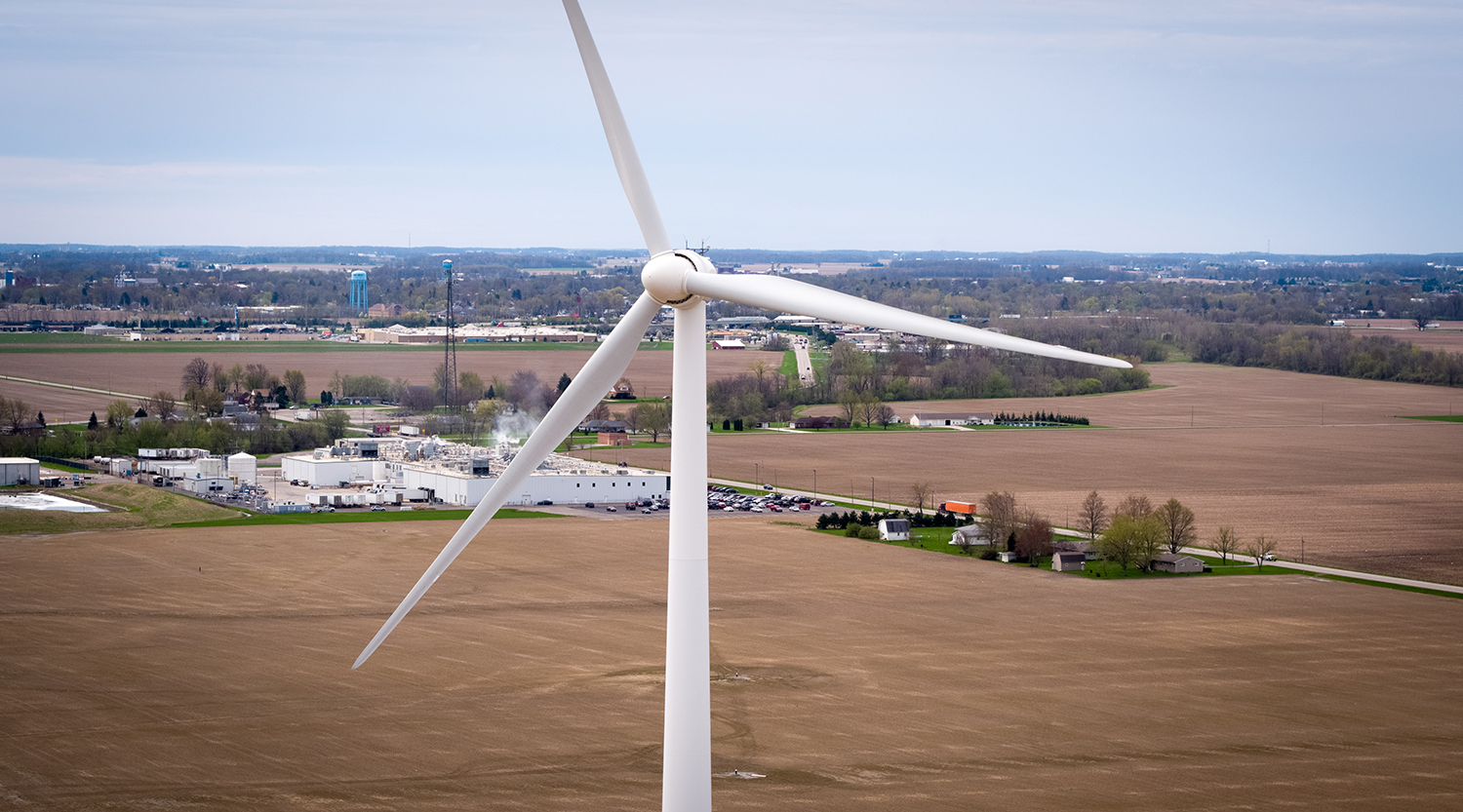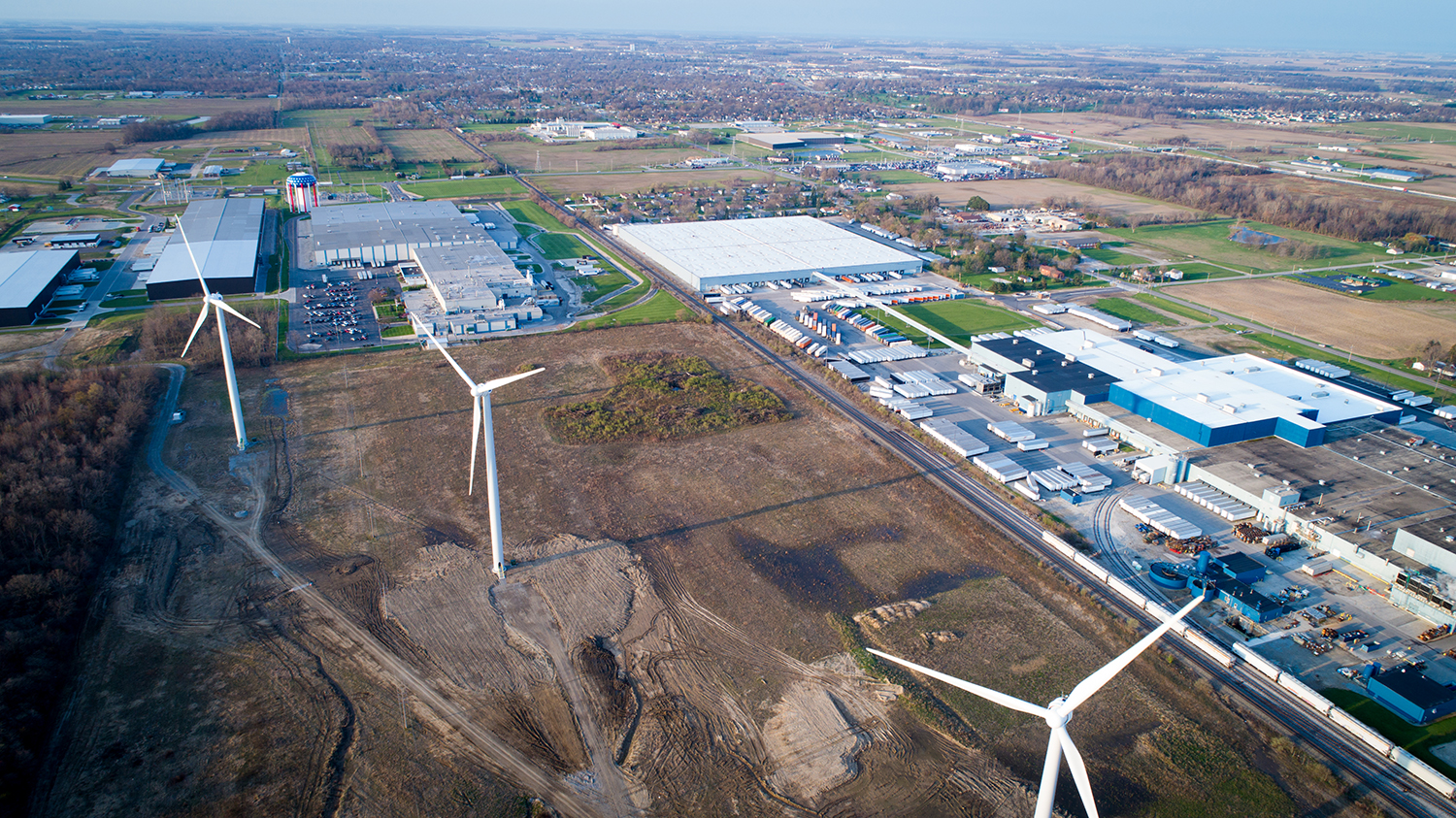It’s amazing how easy it is to accidentally introduce salary bias into your company. One Energy has worked very hard to identify the places where we could accidentally incorporate a bias into our hiring and compensation of team members. It’s for this reason that we do not negotiate salaries for entry-level employees.
Many companies that I have worked for identified a salary “range” for offers to entry-level employees, where hiring managers and human resources departments had flexibility to decide what each candidate is worth. These managers factor in the degree, school, performance at the school, resume, experience, and the interview to decide where in that range to price the offer. The result is often that students from high-income backgrounds and expensive schools start with higher compensations and maintain that higher compensation throughout their career.
Because I went to the University of Michigan, I was paid more as an entry-level employee than many of my counterparts. My offer from another company was increased because I scored well on their psychological profile software. Looking back, none of that made sense.
Basing the salary on the degree does not make sense. Salary should be based on the position the employer believes the candidate is qualified to fill. The prestige of the school often favors well-off students and is biased against those who started from a socially disadvantaged position. Performance at a school tells you how well a candidate did in that culture, not how much knowledge they retained or how well they will do in your company’s environment.
It is also far easier for an affluent student to pad their resume than it is for an equally smart, economically disadvantaged student to do the same. (How often do we hear of well-connected parents getting their kid an internship at their friend’s company?)
For the student who grew up with rich parents, the interview process is more familiar as well. Hell, I went to cotillion as a kid – so you better believe I was more accustomed to a formal, professional setting than smarter students who worked their way through high school and college.
The school I attended, my well-rounded resume, and my ease with the formalities of interviewing – none of these things meant I was a better candidate. While sure, I personally believe I was a stronger-than-average applicant, there was nothing in my interview processes that gathered ample objective information for the employer to determine if that was the case.
So at One Energy, we take a different approach. Here, entry-level hiring is a yes or no decision. If it’s a yes, there is a standard offer that is not negotiable. For entry-level field engineers, for example, we use the national average salaries for civil engineers, electrical engineers, and mechanical engineers, then calculate the total average to arrive at our offer number (we update this calculation annually).
Then, we judge them like crazy.
Yes, we judge our new hires. But we only judge them on what they do in their professional capacity while they work for us. We judge them both qualitatively and quantitatively based on their work. And when they demonstrate value, we adjust their compensation rapidly.
We conduct quarterly reviews of their salary and we adjust their salary each quarter based on what we would pay them in light of all information we now have. Some new-hire salaries increase rapidly as they prove they are top performers. Some grow at a less rapid rate. And we grow salaries without artificial caps. If a field engineer gets a 30% raise the first year, that’s a great thing. They earned it, and it had nothing to do with anything other than their performance at One Energy.
The best part is that we have found that when we explain this policy to prospective new hires, the strongest candidates love it and often take a much lower initial compensation from us than what they’re being offered elsewhere. And they’re also often the ones who end up making far more after a year than any of their other competing offers.
Evidence this approach works? We are often surprised who the best performers end up being. Had we set individuals’ compensation based on our original, pre-employment view of them, we would have been wrong many times.
We’re proud to report: none of our current team members attended cotillion growing up, and we’re doing just fine.
Jereme Kent is the CEO of One Energy.
Learn more about Jereme and the One Energy team.




































